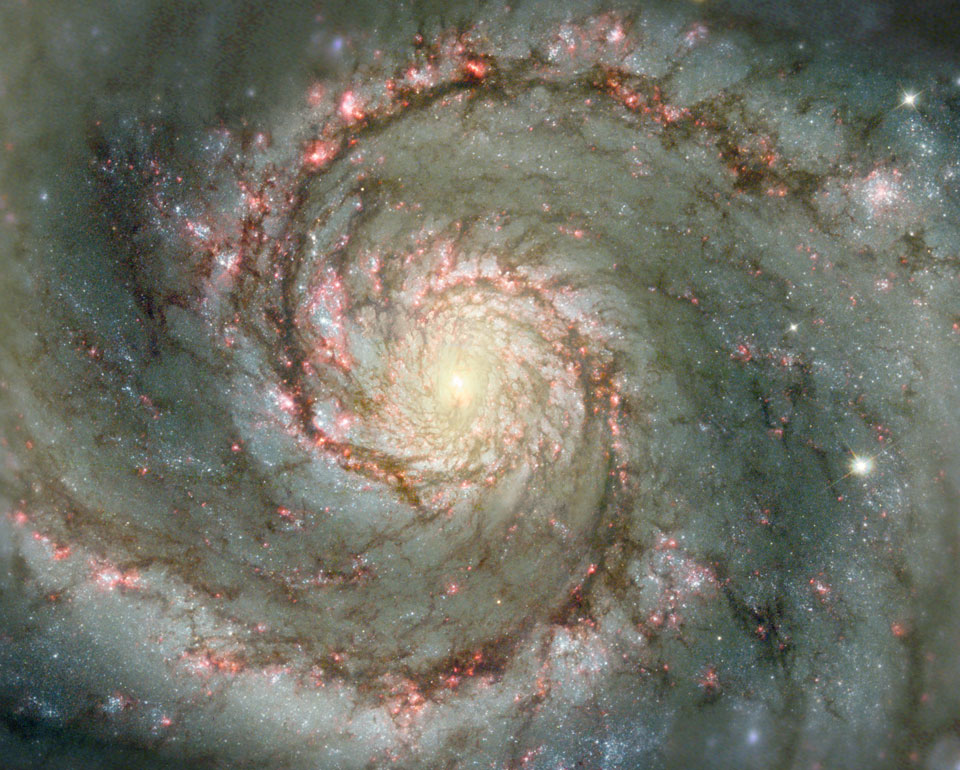 Ponente: Dr. Ilse De Looze (Department of Physics & Astronomy, University College London)
Ponente: Dr. Ilse De Looze (Department of Physics & Astronomy, University College London)
Lugar: Salón de Grados de la Facultad de Ciencias (Sección Matemáticas)
Día y hora: Jueves, 24 de Septiembre, 2015, 12:00h
Organizador: Departamento de Física Teórica y del Cosmos
Resumen: Panchromatic studies of the dust energy balance in galaxies based on high-resolution 3D radiative transfer calculations provide the best machinery to constrain the amount, spatial distribution and properties of dust grains in a galaxy’s ISM. Up to date, radiative transfer models were restricted to edge-on galaxies, for which dust energy balance studies revealed an inconsistency in the sense that radiative transfer predictions based on optical constraints underestimate the FIR/submm emission by a factor of three to four. This inconsistency suggests that the dust is distributed in compact clumps that have a negligible contribution to the large-scale UV/optical extinction. We present a self-consistent, 3D radiative transfer model for the nearby face-on galaxy M51, based on a combination of Herschel, Spitzer, GALEX, WISE and ground-based optical imaging data. High-resolution, 3D radiative transfer calculations allow us to evaluate the dust energy balance in M51 and, hereby, better constrain the distribution, clumpiness and composition of grain species in M51. We, furthermore, analyze the 3D spatial structure of stars and dust in M51 and characterize the main dust heating mechanisms at every specific location within the galaxy.




